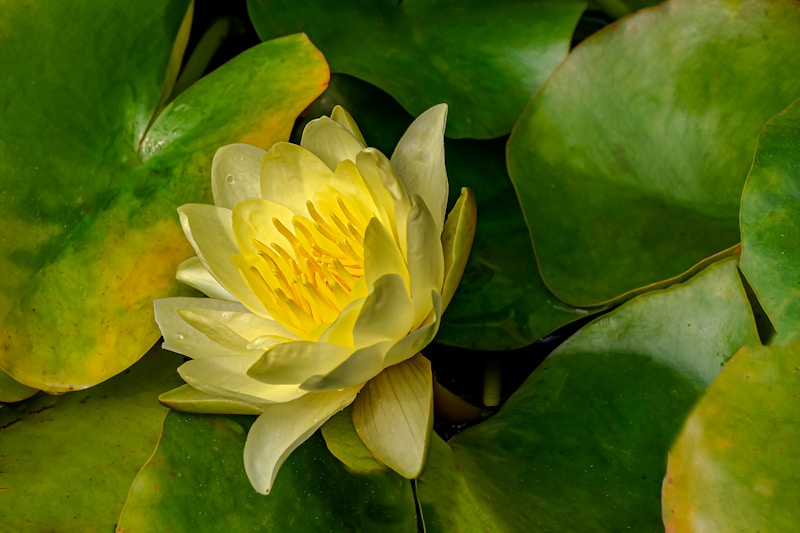Questions and Answers
What is the main method of movement for ctenophores?
Using groups of cilia for swimming
How large can adult ctenophores grow?
Up to 1.5 meters (5 feet)
What distinguishes the body form of cydippids among ctenophores?
Retractable tentacles for capturing prey
What do beroids, a type of ctenophore, primarily prey on?
Signup and view all the answers
What is notable about the fossils thought to represent ctenophores?
Signup and view all the answers
Study Notes
Ctenophores
- The main method of movement for ctenophores is through the use of cilia, which are hair-like structures that propel them through the water.
- Adult ctenophores can grow up to 15 centimeters in length, although some species can reach sizes of up to 1 meter.
Body Form of Cydippids
- The body form of cydippids, a type of ctenophore, is distinguished by their oval-shaped bodies and pair of retractable tentacles.
Beroids
- Beroids, a type of ctenophore, primarily prey on small invertebrates, such as bristle worms and crustaceans.
Ctenophore Fossils
- The fossils thought to represent ctenophores are notable for their lack of hard body parts, making it difficult to identify them as ctenophores.
Studying That Suits You
Use AI to generate personalized quizzes and flashcards to suit your learning preferences.
Description
Test your knowledge about Ctenophora, also known as comb jellies, which are marine invertebrates that use cilia for swimming. Learn about their habitat, characteristics, and diversity.



